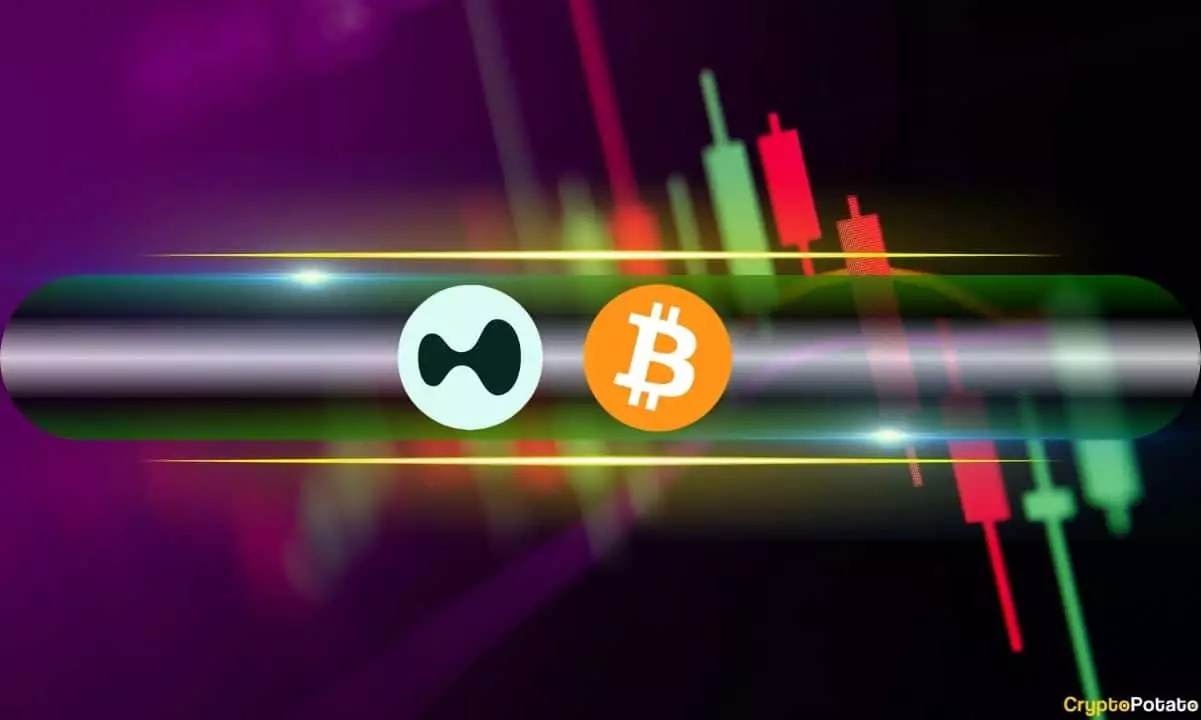This past week has been a testament to the unpredictable nature of cryptocurrency, especially Bitcoin (BTC), whose fortunes fluctuated dramatically. Amid the geopolitical turmoil ignited by Israel’s military actions against Iran, Bitcoin exhibited both striking resilience and immediate vulnerability. The market rallied initially, with BTC surging past $110,000—a brief beacon of hope for investors. Such rapid climbs, however, often foreshadow the inevitable corrections, a theme we’ve seen time and again in the crypto world.
In stark contrast to the previous highs, the day following Israel’s missile strikes saw Bitcoin plummet, losing over $5,000 in a swath of panic selling. This roller coaster reminds us that geopolitical events can severely impact market stability, revealing the thin margin of security that Bitcoin currently occupies. Even with its market cap hovering around an astonishing $2.1 trillion, the cryptocurrency’s fate often hangs by the thread of external events rather than internal fundamentals.
The Balancing Act of Market Sentiment
What intrigues me is the strange dichotomy between fear and opportunity that cryptocurrencies perpetually embody. As traditional markets grapple with increasing volatility, cryptocurrencies like BTC possess a duality that can be both a blessing and a curse. The fleeting euphoria surrounding Bitcoin’s near-misses can quickly turn to despair as external factors intrude. For instance, while BTC briefly basked in the glow of favorable U.S.-China trade deals and positive CPI data, its inability to maintain upward momentum highlights the fragility of investor sentiment.
Moreover, the market’s tendency to dance to the whims of geopolitical instability is both astonishing and disconcerting. Investors remain faced with the challenge of navigating these tumultuous waters, where a single event can destabilize vast sums of money. It raises the question: how much of Bitcoin’s “store of value” narrative still holds when it reacts so dramatically to geopolitical flashpoints?
Altcoin Adventures and Market Dynamics
Amidst Bitcoin’s turmoil, several altcoins exhibited resilience, specifically HYPE, which re-emerged above $42 after a harrowing dip. This hints at a burgeoning belief among investors that altcoins can provide opportunities independent of Bitcoin’s price action. The impressive gains of tokens like HYPE and others, despite negative overall sentiment, illustrate a segment of the market that thrives on innovation and risk-taking.
Interestingly, this provides a subtle shift in focus; while Bitcoin revels in its status as market leader, identifying diamonds in the rough within the altcoin space can yield significant profit potential. As market behaviors evolve, investors might need to recalibrate their strategies, paying closer attention to the broader ecosystem rather than solely fixating on BTC.
Geopolitical Tensions: An Ongoing Concern
The broader implications of ongoing geopolitical tensions cannot be overstated. Observers must consider how global conflicts and crises can bleed into the world of cryptocurrency and affect market dynamics. As evidenced this week, retaliatory actions—like Iran’s counteroffensive against Israel—can create ripples that negatively impact market confidence almost instantly.
Thus, a center-right liberal perspective would argue for a return to fundamentals and stability over rampant speculation. While the allure of Bitcoin and its altcoin brethren lies in their potential for high returns, the inherent risks necessitate a more cautious approach. Investors should balance their portfolios with a keen eye on not just the profit potential but also the political climate surrounding digital currencies.
The lesson here is that while the cryptocurrency world appears exciting and full of possibilities, one must tread cautiously, mindful of the intricate web of influences that govern market movements.

